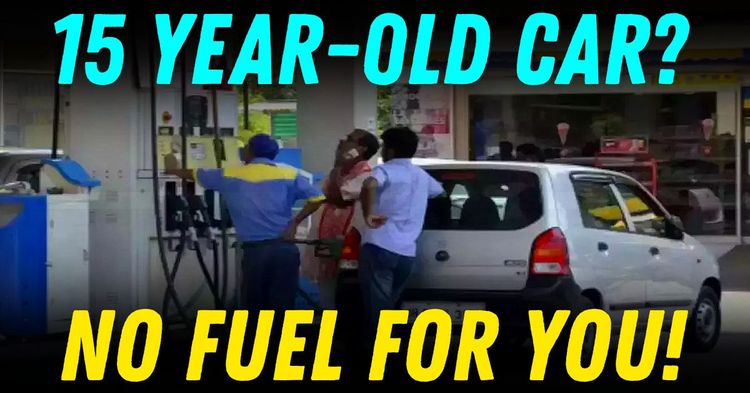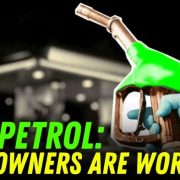You might think that holding on to your old petrol-guzzling hatchback is helping save the planet – or at least your wallet. But startling new data reveals the shocking truth: that ageing car parked in your driveway may actually be doing the environment a favour — for now.
Yes, you read that right.
Despite the gleaming promises of fuel efficiency and green tech in today’s showroom models, experts say it could take up to 14 years of driving a new car to make up for the climate damage caused just by building it.
The Carbon Cost of New Cars: Worse Than You Think
Manufacturing a brand-new car doesn’t just cost money – it spews out a staggering 5 to 10 tonnes of CO₂ before it even hits the road. That’s like taking 12 long-haul flights from Delhi to London — just to drive to the corner shop in something shiny.
And while that sleek new compact might sip fuel more delicately than your current clunker, it’s still not enough. The emissions saved at the pump are slow and steady, while the factory that built it has already done the climate dirty work.
When Old Is Greener Than New
Take a typical Indian petrol hatchback. If it’s about 10 years old and still gives you 15 km per litre, it’ll emit around 1.7 tonnes of CO₂ per year.
Compare that to a brand-new fuel-efficient model doing 20 km per litre – it emits a cleaner 1.1 tonnes annually. But the catch? The new car’s birth has already racked up 5 tonnes of CO₂ before you even turn the key.
Result? Your faithful old ride is still ahead in the emissions game for up to 14 years, or over 160,000 kilometres of driving.
And that’s not just small cars. For SUVs, the break-even point is even worse — nearly 200,000 km, and a decade or more of non-stop commuting.
At What Point Does a New Car Become Cleaner?
Here’s the maths behind the madness:
Let d = break-even kilometres
Then:
(Old CO₂/km × d) = (New CO₂/km × d + Manufacturing CO₂)
Now plug in the numbers:
- Old CO₂/km: 122 g/km
- New CO₂/km: 92 g/km
- Manufacturing CO₂: 5,000 kg
So:
Break-even d = 5,000 / (122 – 92) ≈ 166,667 km
That means:
Only after driving a whopping 167,000 kilometres (that’s nearly 14 years at 12,000 km/year) does the newer, more efficient hatchback finally overtake the older one in overall cleanliness.
Let that sink in.
The Dirty Secret of “Clean” Cars
It’s a bitter pill for eco-conscious consumers. While carmakers flaunt their latest green machines and guilt-trip drivers of “old gas guzzlers”, the real-world numbers tell a different story.
That old car? Its emissions tab is mostly paid. That new model? It’s just getting started — and the climate is footing the bill.
So Should You Stick or Switch?
Stick with the old one if:
- You drive less than 12,000 km a year
- It still runs like a dream
- You’re looking to be truly climate-conscious
Upgrade if:
- Your car’s on life support
- You drive long distances regularly
- You’re switching to an electric vehicle (that’s a whole different story…)
Bottom Line? Don’t Be Fooled by the Flash
The race to save the planet isn’t won in the showroom. It’s won in the long, slow mileage of well-kept older vehicles that have already paid their carbon dues.
So next time someone sneers at your decade-old drive, just smile — and remind them: your old wheels are cleaner than they think.
And that’s a fact.














Comments